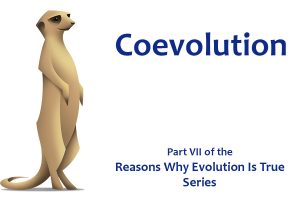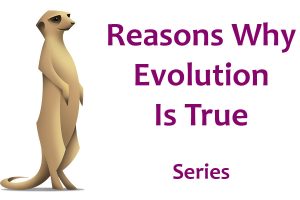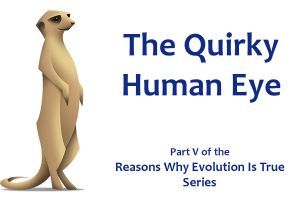Reasons Why Evolution Is True Part VII:
Coevolution

Few species go through life without interacting with an other, but some interactions are more intimate than others. Pollination is an example of an interaction that, in some species, has become very intimate indeed! Most dedicated pollinators show adaptations to this, such as pollen baskets in bees, but these are often generic adaptations that enable the individual to visit many different species of plant. Equally, plants have adaptations to attract a variety of different insects. Different pollinators (bees, birds, moths) have different visual systems, and thus different flower colouration can be used to attract pollinators of different species. The timing of flower and pollinator emergence is also carefully timed in order to ensure maximum cross-over between the two. Pollinators generally gain food from the relationship, whilst plants achieve dispersal of their genes without having to physically move themselves.
Some plant-pollinator interactions are more intimate, more specific. This can lead to more extreme adaptations, as the two species become increasingly specialised for interacting with one another. Possibly the most extreme plant-pollinator relationship exists between the fig and the fig wasp. Young fig wasps emerge as larvae inside a tiny fig. The larvae feed on the fruit of the fig until they are ready to mature into adults, which again occurs within their fig prison. As adults, the wasps mate, collecting pollen from their birth fig before they leave. The male fig wasps then dig their way out of the fruit, creating a path for the females to emerge from. The male fig wasps are not well suited to life outside the fig, however, and often die shortly after making their escape. The females fly off and find a new fig plant where they can lay their eggs. Squeezing through the tiny entrance hole, known as the ostiole, the female enters a new fig and deposits her eggs inside the fruit, simultaneously depositing pollen on the fig’s reproductive parts.
Continue reading


